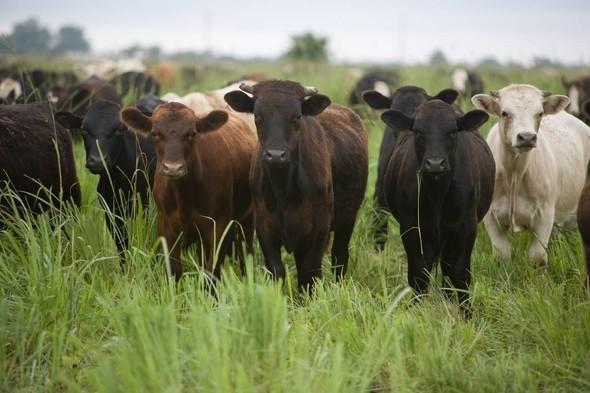
Xplor reconnects kids to nature and helps them find adventure in their own backyard. Free to residents of Missouri.


































Stay in Touch with MDC news, newsletters, events, and manage your subscription

Xplor reconnects kids to nature and helps them find adventure in their own backyard. Free to residents of Missouri.

A monthly publication about conservation in Missouri. Started in 1938, the printed magazine is free to residents of Missouri.


EVERTON, Mo. – Having native-grass pastures that provide grazing benefits for livestock and habitat benefits for wildlife is about more than grassland management, it’s about soil management, too.
Cattle producers can learn how forage diversity and proper native grassland management can improve soil health at the “Foraging for Soil Health Workshop.” This event will be 8 a.m.-5:30 p.m. on July 21 at a private farm in Dade County near Everton. The address is 249 Rout O. This workshop is a collaborative effort of the Missouri Department of Conservation (MDC), the Natural Resources Conservation Service (NRCS), the Greene County Soil and Water Conservation District, the Missouri Cattlemen’s Association, the Missouri Forage & Grassland Council, and MFA. Lunch will be provided at this event. People can register online at:
http://mfgc.regfox.com/foraging-for-soil-health-workshop
Registration is limited to 100 people. People wanting more information can contact MFA Conservation Grazing Specialist Landry Jones at 573-808-7094. Among the featured speakers at the July 21 event are:
These experts will explain how quality soils are at the foundations of native warm-season grass pastures. This event will also include in-field observations and discussions of how these principles are put to use on a working cattle farm.
An increasing number of cattle producers are rediscovering the benefits of native warm-season grasses. Adding warm-season grass areas to a grazing system that already features cool-season grass creates a forage system that allows livestock owners to keep their herds feeding on high quality forage for a longer period of time.
There are benefits for wildlife, too. Warm-season grasses begin growth later in the year and are not ready to be grazed or hayed until late summer. By then, most of the ground-nesting wildlife that need these plants for habitats have hatched their broods.
More information about using warm-season grasses in a livestock grazing operation can be found at mdc.mo.gov.